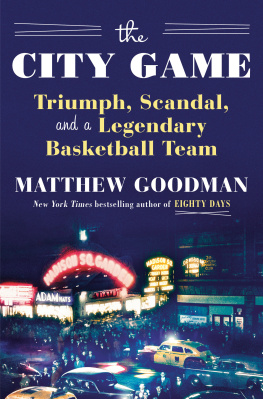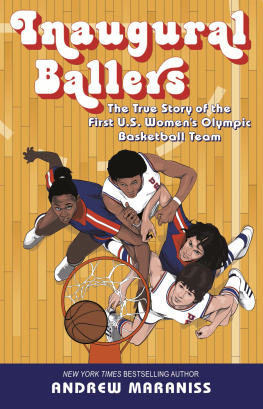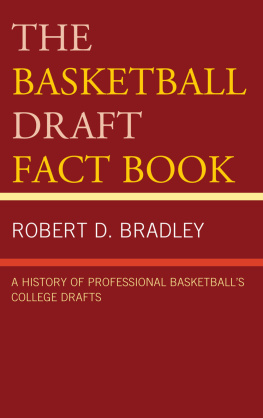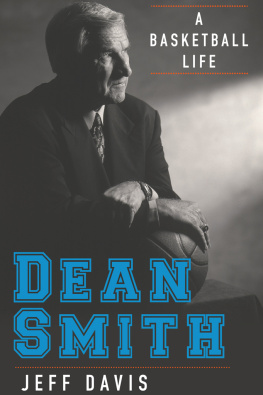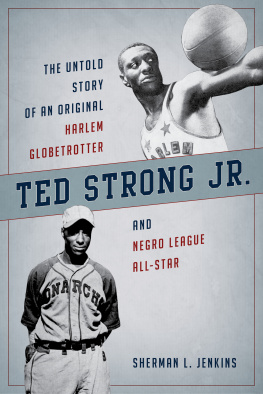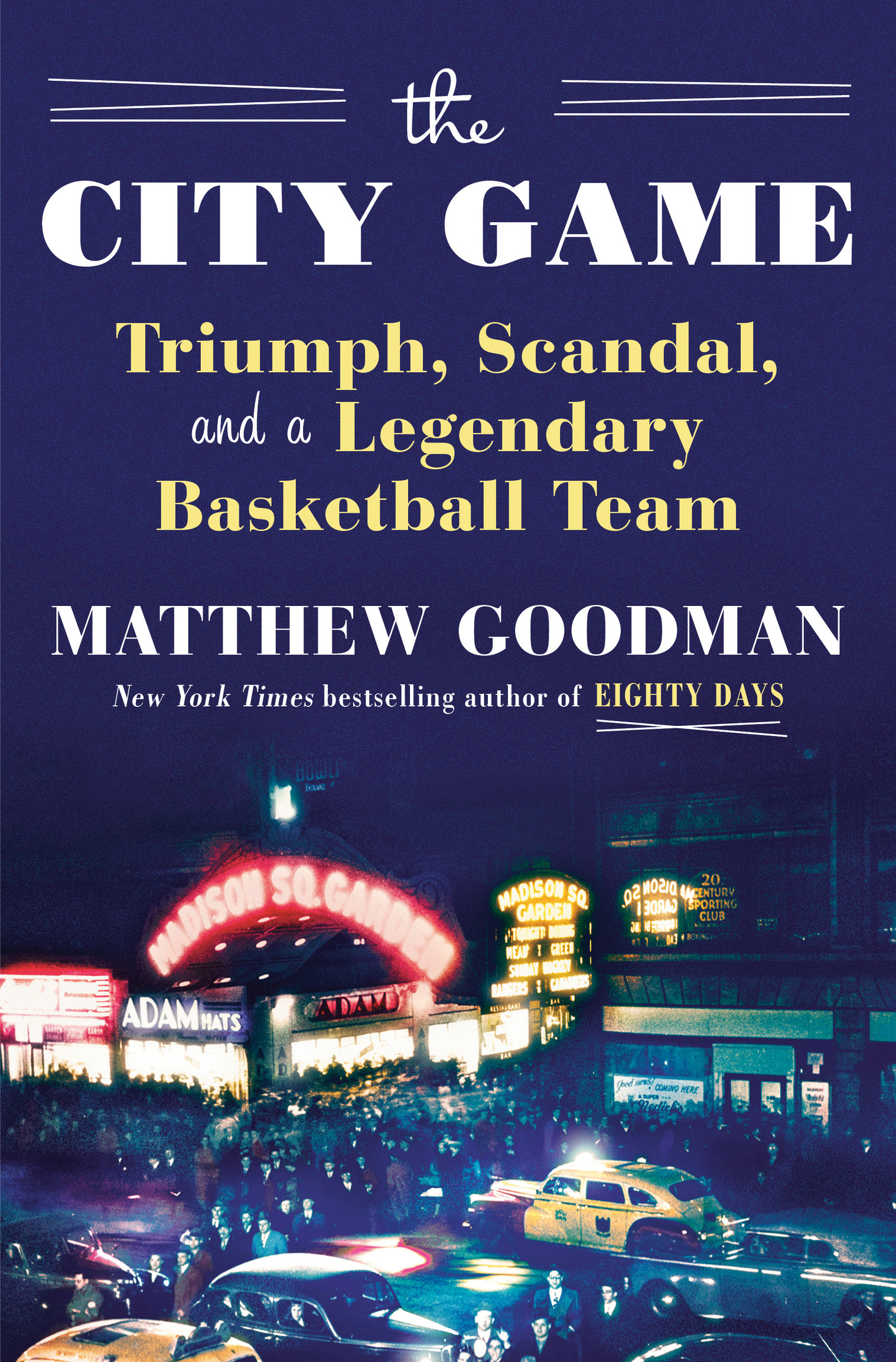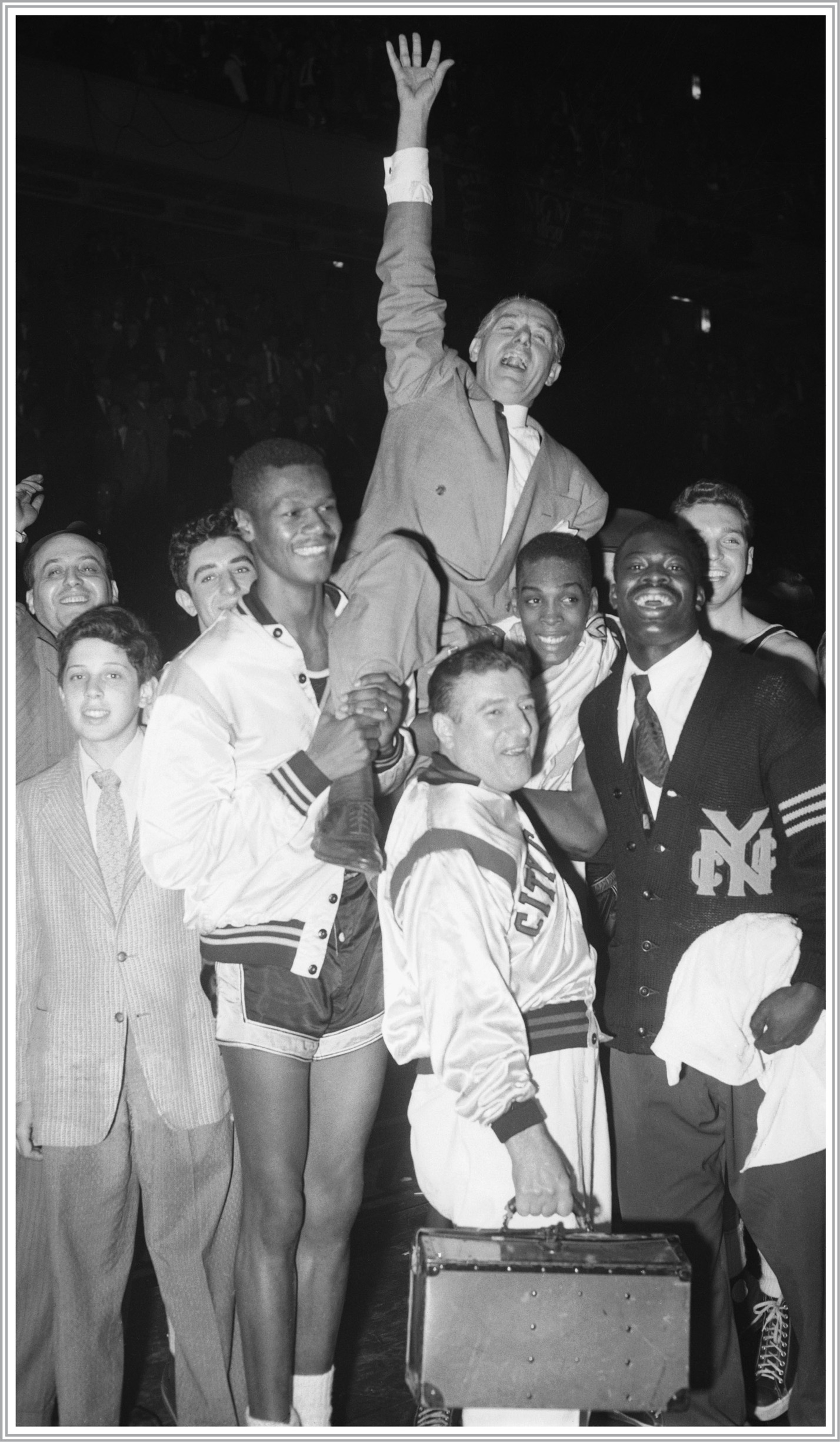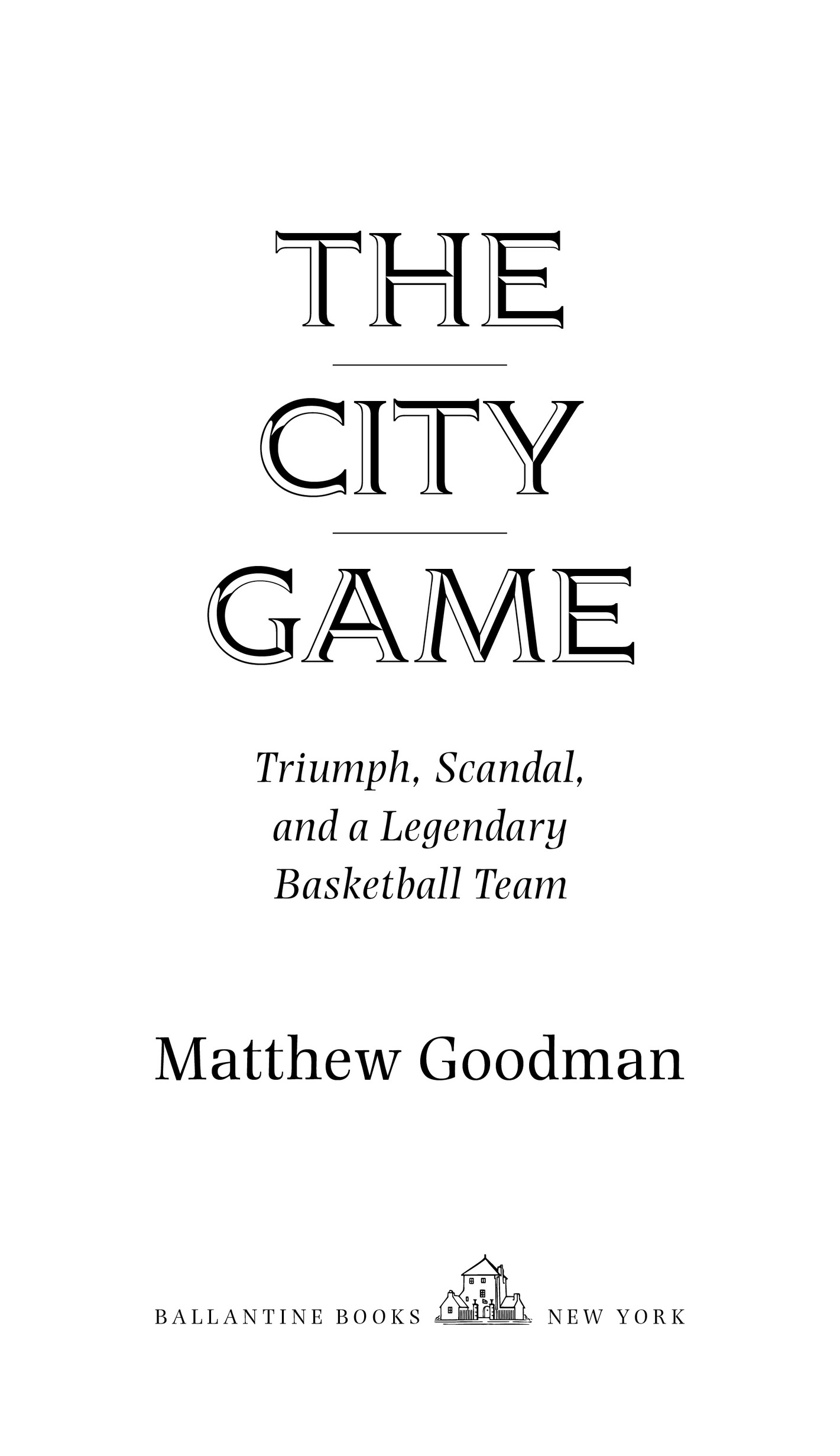Matthew Goodman - The City Game: Triumph, Scandal, and a Legendary Basketball Team
Here you can read online Matthew Goodman - The City Game: Triumph, Scandal, and a Legendary Basketball Team full text of the book (entire story) in english for free. Download pdf and epub, get meaning, cover and reviews about this ebook. year: 2019, publisher: Ballantine Books, genre: Non-fiction / History. Description of the work, (preface) as well as reviews are available. Best literature library LitArk.com created for fans of good reading and offers a wide selection of genres:
Romance novel
Science fiction
Adventure
Detective
Science
History
Home and family
Prose
Art
Politics
Computer
Non-fiction
Religion
Business
Children
Humor
Choose a favorite category and find really read worthwhile books. Enjoy immersion in the world of imagination, feel the emotions of the characters or learn something new for yourself, make an fascinating discovery.
- Book:The City Game: Triumph, Scandal, and a Legendary Basketball Team
- Author:
- Publisher:Ballantine Books
- Genre:
- Year:2019
- Rating:5 / 5
- Favourites:Add to favourites
- Your mark:
The City Game: Triumph, Scandal, and a Legendary Basketball Team: summary, description and annotation
We offer to read an annotation, description, summary or preface (depends on what the author of the book "The City Game: Triumph, Scandal, and a Legendary Basketball Team" wrote himself). If you haven't found the necessary information about the book — write in the comments, we will try to find it.
The unlikeliest of champions, the 1949-50 City College Beavers were extraordinary by every measure. City College was a tuition-free, merit-based college in Harlem known far more for its intellectual achievements and political radicalism than its athletic prowess. Only two years after Jackie Robinson broke the Major League Baseball color barrier--and at a time when the National Basketball Association was still segregated--every single member of the Beavers was either Jewish or African American. But during that remarkable season, under the guidance of the legendary former player Nat Holman, this unheralded group of city kids would stun the basketball world by becoming the only team in history to win the NIT and NCAA tournaments in the same year.
This team, though, proved to be extraordinary in another way: During the following season, all of the teams starting five were arrested by New York City detectives, charged with conspiring with gamblers to shave points. Almost overnight these beloved heroes turned into fallen idols. The story centers on two teammates and close friends, Eddie Roman and Floyd Layne, one white, one black, each caught up in the scandal, each searching for a path to personal redemption. Though banned from the NBA, Layne continued to devote himself to basketball, teaching the game to young people in his Bronx neighborhood and, ultimately, with Romans help, finding another kind of triumph--one that no one could have anticipated.
Drawing on interviews with the surviving members of that championship team, Matthew Goodman has created an indelible portrait of an era of smoke-filled arenas and Borscht Belt hotels, when college basketball was far more popular than the professional game. It was a time when gangsters controlled illegal sports betting, the police were on their payroll, and everyone, it seemed, was getting rich--except for the young men who actually played the games.
Tautly paced and rich with period detail,The City Gametells a story both dramatic and poignant: of political corruption, duplicity in big-time college sports, and the deeper meaning of athletic success.
Matthew Goodman: author's other books
Who wrote The City Game: Triumph, Scandal, and a Legendary Basketball Team? Find out the surname, the name of the author of the book and a list of all author's works by series.

